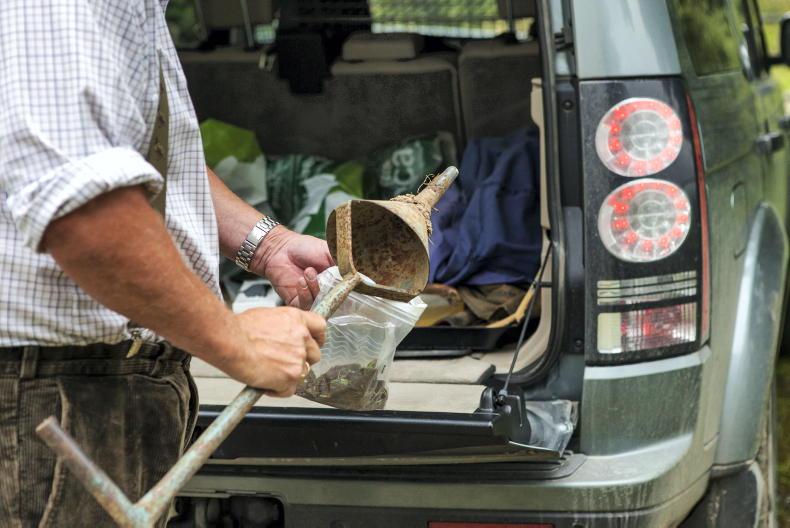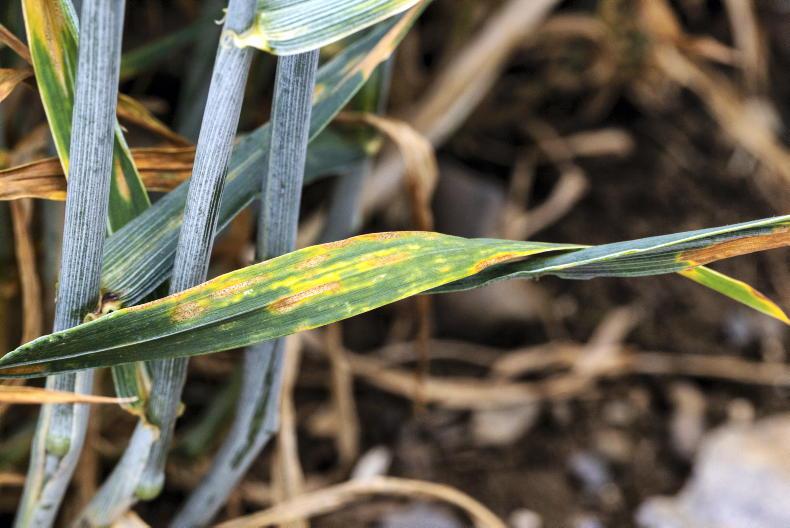The highest percentage of breaches identified in sheep inspections in recent years remains issues with the Department of Agriculture, Food and the Marine (DAFM) Annual Sheep and Goat Census.
The census must be returned even if there are no sheep on the holding and failing to do so can leave the farm open to a potential penalty. The date of recording the census has been pushed back from mid-December to 31 December in recent years and this year will remain the same.
Most cross-compliance sheep inspections will have 48 hours’ notice as sheep need to be penned for inspecting. In a sheep identification inspection, there are three main areas focused on – the flock register, dispatch documents and an inspection of sheep to count numbers present and check for missing tags or incorrectly tagged animals. The following is an overview of what an inspector is looking for in each section.
Flock register
An inspector will have the records of previous sheep census applications and will check to see that the flock register is active and being kept up to date. They will also have records of tag numbers ordered and will check to see that tasks such as tagging or movements (purchases, sales, deaths) are recorded properly.
Dispatch documents
Dispatch document booklets and copies of dispatch documents for bought-in sheep must be retained under the National Sheep Identification System (NSIS) for a period of three years. Inspectors will check that movements of sheep moving on to or leaving the holding are recorded in the flock register and also that documents are being filled out satisfactorily, including notifying your local district office of farm-to-farm movements.
Other key elements to be recorded include the full 12-digit tag number (herd identifier and individual animal identifier) and where there are sheep from outside the farm of origin
Inspection
As mentioned previously, an inspector will have the results of previous census applications. They will count the number of sheep on the holding and check that it collates with the numbers recorded in the flock register. A sample of tag numbers will also need to be read, again to ensure that the sheep are present in the flock register.









SHARING OPTIONS